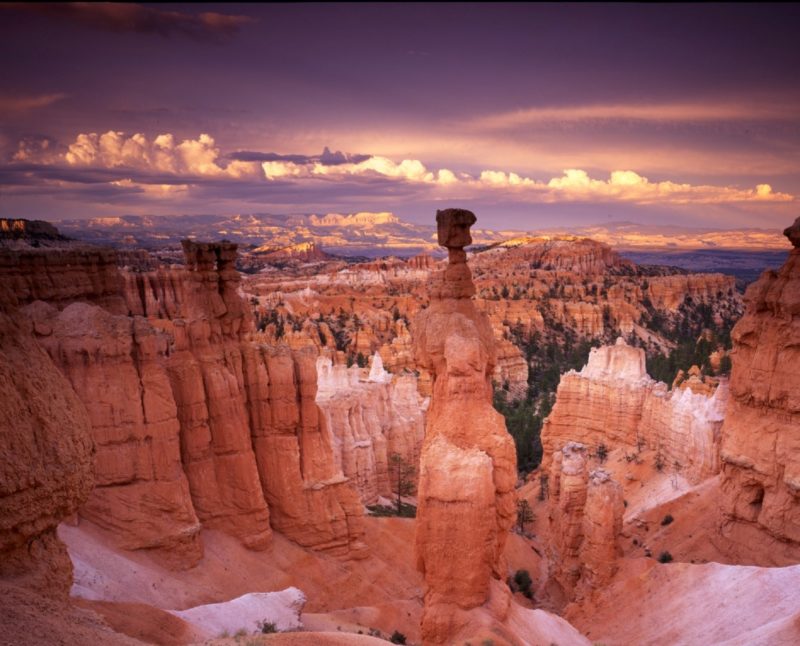So you are a seasoned thrill seeker and love the outdoors, or you are about to enter the world of bundu-bashing and have no idea where to start?
I start my day with this mantra: safety first. It sounds overrated to some but has saved lives in the past. Before embarking on a trip you have saved up for and planned for months, return to the basics. Follow the simple guidelines below, and you are already halfway there.

I am a beginner – help!
It can seem daunting at first, so wrapping your head around the essential elements is key to enjoying your journey and getting the best out of your adventure.
First Things First
Make sure you have the correct equipment. You do not need top-of-the-range equipment that will cost you an arm and a leg; you will need basic equipment for the job that keeps you safe. The experience should also be enjoyable no matter what level you are at.
Items that you will need before you depart are:
Canyoneering equipment
1. Ropes – always pack one extra
2. Rope bags – keep the business tidy
3. A harness
4. A helmet – because…what if you fall
5. Descenders – The figure 8 descender still remains the most popular
6. Carabiners – you will require about 4 climbing carabiners to be safe
7. Webbing
8. A headlamp – so you can see where you’re going
Question: what is webbing? It is a reinforced flat belt designed to withstand sharp edges and is primarily used for making an emergency anchor.
Clothing
- Backpack – don’t underestimate the importance of a proper canyoneering backpack
- Gloves – a good grip is everything
- Shoes – your feet do all the hard work and gripping. Reward them with decent canyoneering shoes
- Neoprene socks
- A wetsuit – because you never know how wet you might get
- Other clothes – preferably older clothes you don’t feel too much for
- A water bottle – it’s essential to stay hydrated
Question: what are neoprene socks? Neoprene belongs to the family of synthetic rubbers. Basically, we call them wetsuit socks. This genius design was created to keep your feet from becoming completely soaked when you are on wet terrain and also serves as insulation, so when it gets cold, your feet won’t be.

You will likely get wet
Mother nature is unpredictable; you think you have a good grip until you don’t. Wearing the right shoes is an essential part of canyoneering. It could very well be the difference between slipping, falling and sustaining injuries that I believe are on no one’s itinerary.
Equally, investing in a wetsuit might sound extreme on the offset, but it is necessary if you want to hold and maintain your drive and keep your spirits high. Being soaked after the first day is no fun at all.
Take It Easy
You can’t run a marathon if you haven’t trained, and the same applies to rock climbing or abseiling. Canyoneering 101 means starting with smaller, fewer challenging areas instead of rough terrains that professionals tackle after years of experience. The idea is that if you play it safe, you will get there too.

Tell your family or friends where you are going and when you intend to return home. It may happen that you don’t have a signal in certain areas, or your battery dies. Let them sleep comfortably, having some idea of where you are going to be.
Opt for Professional Training Courses
If you feel unsure about going totally rogue, you won’t be the first. Companies with skilled professionals exist for this purpose. Sign up to join a group of individuals with the same skill level as yours, and you will walk away from that experience all the wiser. They are there to equip you with the knowledge to move forward and attempt riskier rocky slopes while ensuring you are 100% safe.
That being said, always pack a first aid kid. When you least expect it, you perhaps don’t need it for yourself but to assist someone else with an injury, no matter how small.
Common accidents during a trip could be:
- hypothermia
- rockfall
- falling
- heat exhaustion and
- flash floods at the hand of mother nature
Watch the Weather
We all check out the weather from the comfort of our couch at home to decide what we will wear tomorrow, so make sure to do the same for the location you will be visiting. And remember to check for rainfall and potential storms within a 50 to even 100-mile radius.

Storms travel, and if there is a chance of rain, you do not want to be caught up in a water basin after a flash flood. As the saying goes, “better safe than sorry!”
Do Your Research
Understand where you are going. Look up as much information as you can about the canyon you intend to visit, read reviews and ask questions. If something looks or sounds strange about previous experiences, investigate and understand your turf. Getting lost is not part of the fun, neither is it safe.
One Last Thing…
If you can get your hands on a PLB (Personal Locator Beacon), take it with you. This little number is a must-have if you are serious about canyoneering and moving towards more challenging climbs, perhaps further away from society. If you are still exploring your options, it is a good idea for at least one person in the group to have one of these nifty little inventions on them.
Conclusion
While canyoneering entails preparation to be physically and mentally ready, external factors are not to be forgotten. Embracing nature and absorbing the smells of the wild is rewarding along with the sweat, as long as you make it back home again…safely!

No Comments